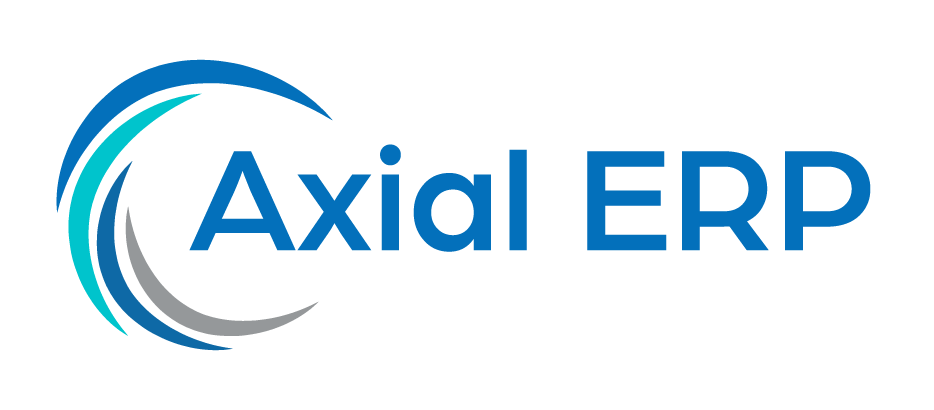The Transformation of Fixed Asset Management through an ERP
Fixed asset management is a critical component in the infrastructure of any company that seeks to maximize efficiency and profitability of its resources. In this context, Enterprise Resource Planning (ERP) systems have emerged as fundamental tools for the transformation and modernization of fixed asset management. Through this article, we will explore how an ERP can transform fixed asset management and the benefits it brings to organizations.
What is Fixed Asset Management?
Fixed asset management refers to the process of supervising and maintaining a company’s investments in fixed assets, such as machinery, buildings, equipment, and vehicles. This management includes accounting for depreciation, maintenance, audits, and disposal of fixed assets.
The Role of an ERP in Fixed Asset Management
An ERP system integrates and automates key business processes, including those related to fixed asset management. Implementing an ERP allows companies to have more detailed control and a comprehensive view of their assets, facilitating decision-making based on accurate and up-to-date data.
Benefits of Fixed Asset Management with an ERP
Adopting an ERP in fixed asset management offers multiple advantages. Among them, it improves accuracy in asset accounting, optimizes maintenance and repair processes, increases operational efficiency, and provides valuable information for strategic planning.
Data Integration and Advanced Analytics
ERP systems facilitate the integration of data from different departments, providing a complete view of the life cycle of fixed assets. Additionally, they offer advanced analytics tools that help predict maintenance needs and plan future investments.
Improved Decision-Making
With centralized and real-time information, ERP systems enable managers to make informed and timely decisions regarding the acquisition, maintenance, and disposal of fixed assets.
Automation and Error Reduction
The automation of repetitive tasks and the standardization of processes offered by ERPs significantly reduce the possibility of human errors, resulting in more reliable records and better fixed asset management.
Compliance and Regulatory Security
ERPs help ensure that fixed asset management complies with current regulations and standards, minimizing the risk of legal non-compliance and associated penalties.
Challenges in Implementing an ERP for Fixed Assets
Despite its benefits, implementing an ERP can present challenges, such as resistance to change from staff, the need for proper training, and the importance of choosing a system that fits the specific needs of the company.
Conclusion
Fixed asset management is essential for the sustainability and long-term success of a company. ERP systems represent a powerful solution to transform this critical area, providing efficiency, accuracy, and support in strategic decision-making. Investing in a suitable ERP can lead to significant changes in how a company manages its most valuable assets.



